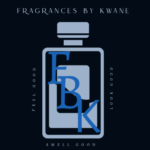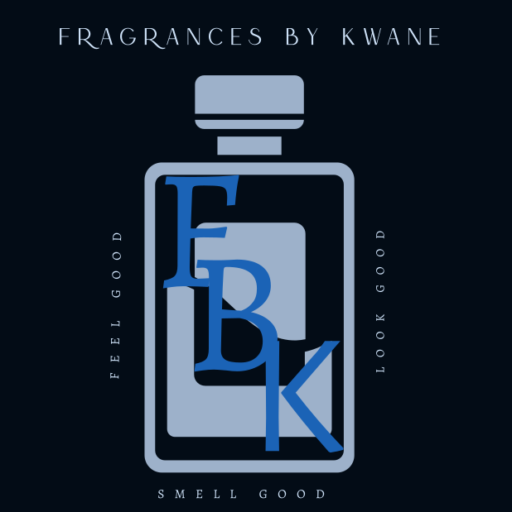The perfume industry is constantly changing. From its inception as a luxury reserved for the elite of society to the present where perfume can be purchased from pharmacy clearance bins, the quality of various fragrances has always been questioned. For many people, price is the deciding factor. But contrary to popular belief, the price of a fragrance does not always correlate to its quality. There are many types of perfumes including high-end niche fragrances, expensive designer fragrances, middle priced clothing company fragrances and low-end superstore versions but are the quality of any of these guaranteed simply because of their category? In this article, I will explain why many discount fragrances are as well-built if not better than many designer name fragrances and how the quality of a perfume is not deduced by its price but instead by its chemical composition, note structure and perfume oil concentration.
You may be wondering why name-brand perfume is so much more expensive than discount perfume regardless of quality. To start with let’s account for the expenses of advertising and allocation. The truth is a good deal of the fragrances at the shopping mall perfume counters come from sizable apparel companies and these companies spend tons of money on marketing and advertising. Calvin Klein, Yves Saint Laurent, etc. all place advertisements for their fragrances in magazines and catalogs as well as on television. This increases an already large amount of expenses used to produce the perfumes. Let’s not forget the expenses of distributing these fragrances to several third-hand and fourth-hand retailers. Only somebody who works in the actual company can tell you how much they spend for each category but be aware that when you’re paying $100+ for that bottle of YSL, you’re actually paying more for the advertising and the design of the bottle than you are for the actual liquid inside.
However, this doesn’t mean that all discount fragrances are exactly alike to the top brands they are imitating. If you think a bottle of perfume selling in the $1 bin at your local drugstore is the same quality as the $150 bottles sold at department stores then you will be in for a rude awakening. The truth is, when it comes to discount perfumes, that low price you’re paying for pays for the actual juice inside and the bottle – opposed to top name brands where advertising, overhead, transfer between several retailer’s hands and several other factors come in to increase the cost of selling one bottle. Now, think about it, if the price of that discount perfume really is $1, do you think the quality of the juice inside will be satisfactory?
So what differentiates a high-quality perfume from a dud? All high-quality fragrances were designed with a pyramid-shaped chemical structure consisting of short-lived top notes, gradually changing middle notes and long-lasting base notes. When you first spray the fragrance, your first impression of the scent is the top note. Usually, these are scents like melon, citrus and ginger because they provide a fresh and fruity aura. Top notes consist of small, light molecules that were designed to evaporate relatively quickly. As time goes on, the top notes gradually evolve into middle notes and begin to resemble the actual scent of the perfume. These middle notes or “heart notes” are what you generally expect to experience in a perfume as they last longer than top notes and become more sweet with time. As the middle note gradually evolves, it begins to pick up a quality and depth as it makes its way to become a base note. Base notes are the true essence of perfumes, they last the longest out of all notes and generally have the richest quality scent. Depending on the quality of the perfume, you can expect base notes to last up to 24 hours after first spraying it.
A well constructed perfume uses this formula to evolve throughout its application. In many ways, the perfume maker is building more than one perfume because he must consider how the molecules and oils will dissipate throughout the day and build the perfume in such a way that it will retain an appealing scent throughout the dry down. Such a process not only requires a large amount of knowledge and talent, it usually requires high quality ingredients.
Cheaply made perfumes and even the majority of designer and celebrity fragrances don’t follow the evolving note structure. They don’t change much at all; their scent usually gets a bit rough following its initial spray and after a few hours, the scent becomes more odorous. These perfumes sell because they consist of great-smelling top notes that create an expectation that it will last the entire day but those notes evaporate quickly and you are usually left with a rough-smelling mess constructed from cheap synthetic middle and base notes.
The strength of the fragrance can also have a correlation with the price. Take the different concentrations of fragrances, for example. With an Eau de Cologne you can expect to find a concentration of perfume oil as little as only 2%. Meaning that the rest of the fragrance (98%) might as well be a diluted solution of water. The perfume oil concentration of Eau de Toilette and Eau de Parfum can be as high (or higher) than 30%. This, of course makes a large difference in a fragrance’s longevity after its initial spray. It is also worth mentioning the higher the oil concentrate, the more high-quality and richer the fragrance tends to be.
After realizing the flaws that come with many discount perfumes, I began to seek out how to fix it. The concept is fantastic. A perfume that smells just like its name-brand counterpart but sells at a fraction of the price. But the means of approaching the concept seemed difficult. What is the perfume made of and how can it be improved? What oil mixtures will blend well with others to not only create the scent I’m looking for but to ensure that the longevity will be as long as I want it to. How do I improve the amount of sillage? I found that all the answers to these questions lied in finding the right ingredients to work together, or in other words, creating a well-built chemical composition. It’s really not as expensive as the people working at Kenneth Cole or Yves Saint Laurent would have you believe. By reducing costs of overhead, advertising and because I was the only distributor (no other retailers involved), I was able to sell discount Eau de Parfum that resembled exactly the large name-brands for an average of $10.
Even though many discount perfumes are still looked down on by people who may have had bad experiences with them, they can be as potent as any designer perfume. Depending on the chemical composition, note structure and perfume oil concentration, the discount perfume industry has proven inexpensive perfumes can be just as effective in longevity, sillage and overall satisfaction as perfumes sold by niche, artisanal or designer companies.



